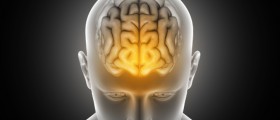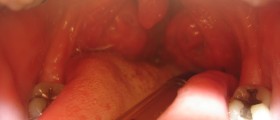
Abdominal migraine is one particular type of migraine usually seen among children. This type of migraine can also occur in adults, but it is most frequent in children who are five to nine years old. The exact cause of abdominal migraine is yet unknown, but it involves recurrent episodes. The child typically feels well between the episodes. This is why this disease is also known as the periodic syndrome. Only in a small number of cases, the abdominal migraine is a symptom linked to the cyclic vomiting syndrome. Most children suffering from abdominal migraine will develop a tendency for migraine headache in adult life. It is estimated that around 2-4% of children may have this type of migraine.
Symptoms of abdominal migraine
Abdominal migraine is characterized by paroxysmal mid-abdominal pain lasting form 1-72 hours, associated with nausea and vomiting, flushing or pallor. Basically, abdominal migraine involves pain in the abdomen, even when there's no headache. Other common symptoms include sensitivity to light, irritability, diarrhea, loss of appetite, headache (though not always) and sometimes dark shadows under the eyes.
Diagnosing the abdominal migraine
The abdominal migraine is especially hard to detect and diagnose as the children may not be able to express how they feel. Tests usually fail to reveal the real cause of pain. However, altered consciousness may be a strong indicator of migraine. Because migraine is believed to be genetically based, it is possible to assume that other family members also have migraines. Another strong indicator is established if a flu-like symptoms reoccur in the same month. Diagnostic criteria includes at least 5 attacks of abdominal pain lasting 1-72 hours, dull or "just sore" quality, moderate or severe intensity, located in the midline, periumbilical or poorly localized. Moreover, during the attacks at least two of the following symptoms must be present: anorexia, nausea, vomiting or pallor. Abdominal migraine may be diagnosed only if the symptoms are not attributed to another disorder.
Treatment for the abdominal migraine
Treatment for the abdominal migraine is similar to treatment for other types of migraine. Non-medication treatment involves biofeedback, a technique in which a patient learns how to control things that his body normally does automatically. Drug treatment primarily includes beta-blockers, anti-depressants and anti-convulsants. Prescription drugs include Inderal, cyproheptadine and a class of drugs known as triptans. Anti-depressants have been found to relieve or prevent migraine pain in addition to stopping depression symptoms linked to migraines.














Your thoughts on this
Loading...